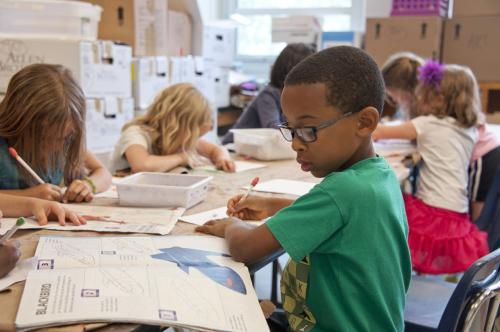

This school model focuses on leveraging and coordinating the resources and voices of the entire community to support a thriving educational environment.
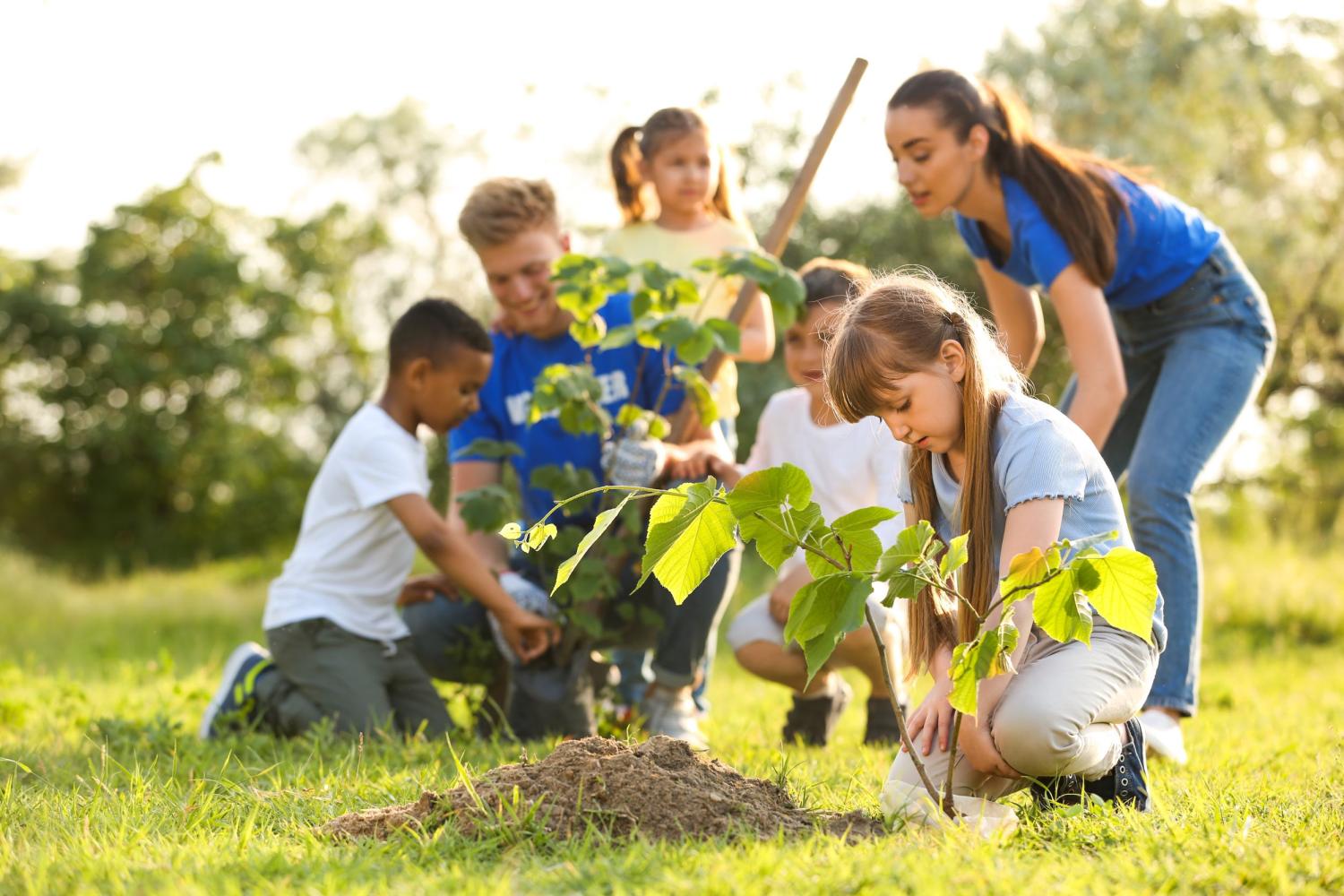
Community schools transform a school into a place where educators, local community members, families, and students work together to strengthen conditions for student learning and healthy development. As partners, they organize in- and out-of-school resources and opportunities so that young people thrive. The school community, led by a community school coordinator/manager, works to develop a vision and goals for the school, student and family well-being, and student learning.
There is a significant and growing interest in community schools among federal, state, and local governments seeking to advance educational and economic opportunities and address historic educational inequities exacerbated by the COVID-19 pandemic. Building off this momentum, four national partners—the Center for Universal Education at the Brookings Institution, the Children’s Aid National Center for Community Schools, the Coalition for Community Schools at IEL, and the Learning Policy Institute—collaborated with education practitioners, researchers, and leaders across the United States to strengthen the community schools field in a joint project called Community Schools Forward. Community Schools Forward comprises three core strategies:

Stacey Campo, Abe Fernández
August 15, 2022

Stacey Campo, Hayin Kimner, Lorenna Maysonet Smith
January 12, 2023
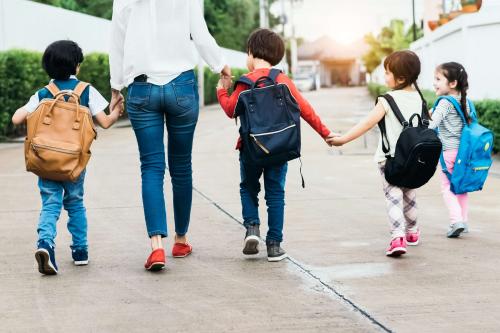
Hayin Kimner
January 12, 2023

February 24, 2021

Emily Germain, Jeannie Oakes, Anna Maier
December 18, 2022
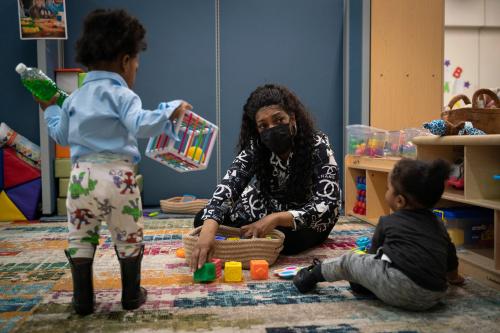
Jeannie Oakes, Emily Germain, Anna Maier
December 18, 2022

Michael Griffith, Dion Burns, Daniel Espinoza, Emma García
December 18, 2022

December 24, 2022
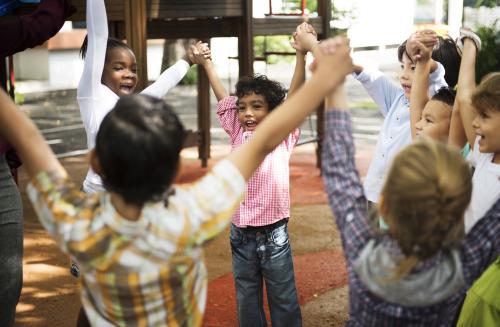
Hayin Kimner, Lorenna Maysonet Smith, Rebecca Winthrop
March 8, 2022

Hayin Kimner, Stacey Campo, Abe Fernández
August 15, 2022

Jennifer Kotting, Hayin Kimner
April 4, 2022

Reuben Jacobson
April 18, 2022

Jennifer Kotting
May 5, 2022

Reuben Jacobson
July 18, 2022
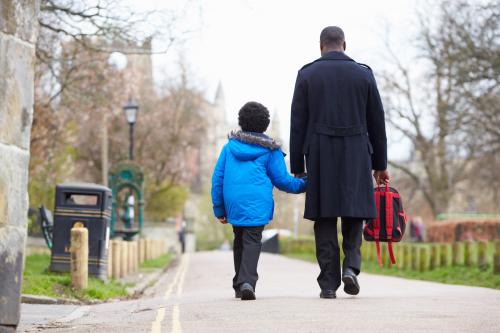
Bryan Joffe
October 24, 2022
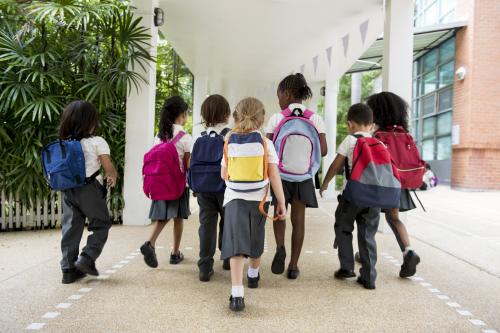
Reuben Jacobson
November 10, 2022

Jennifer Kotting
November 22, 2022
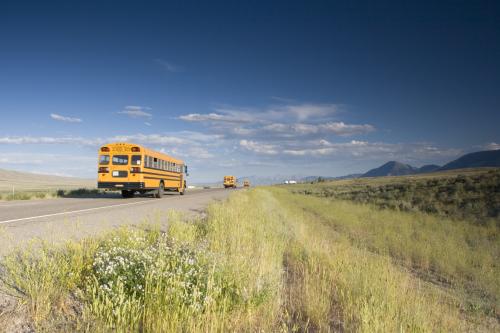
Jennifer Kotting
December 1, 2022
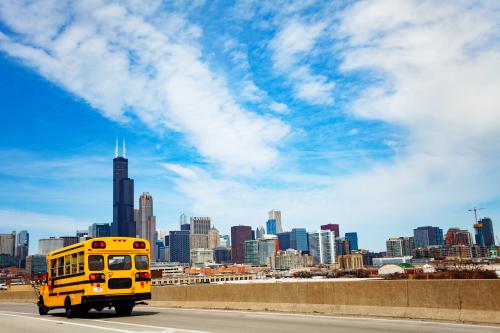
Jennifer Kotting
December 20, 2022

Jennifer Kotting
December 21, 2022
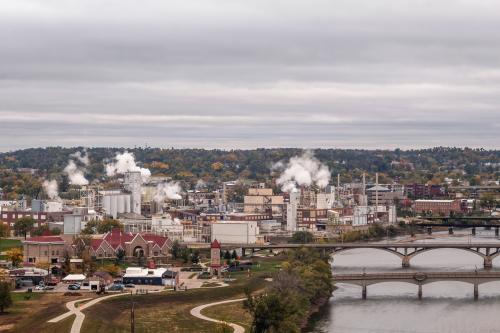
Angela M Lyle
January 10, 2023

Kristen Harper, Sarah Jonas, Rebecca Winthrop
November 10, 2020

Reuben Jacobson
November 10, 2022
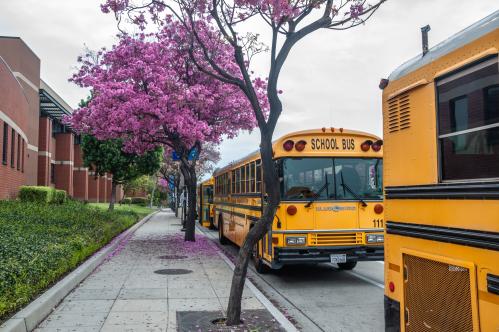
Jennifer S. Vey, Juanita Morales
December 12, 2022

Emiliana Vegas, Rebecca Winthrop
September 8, 2020